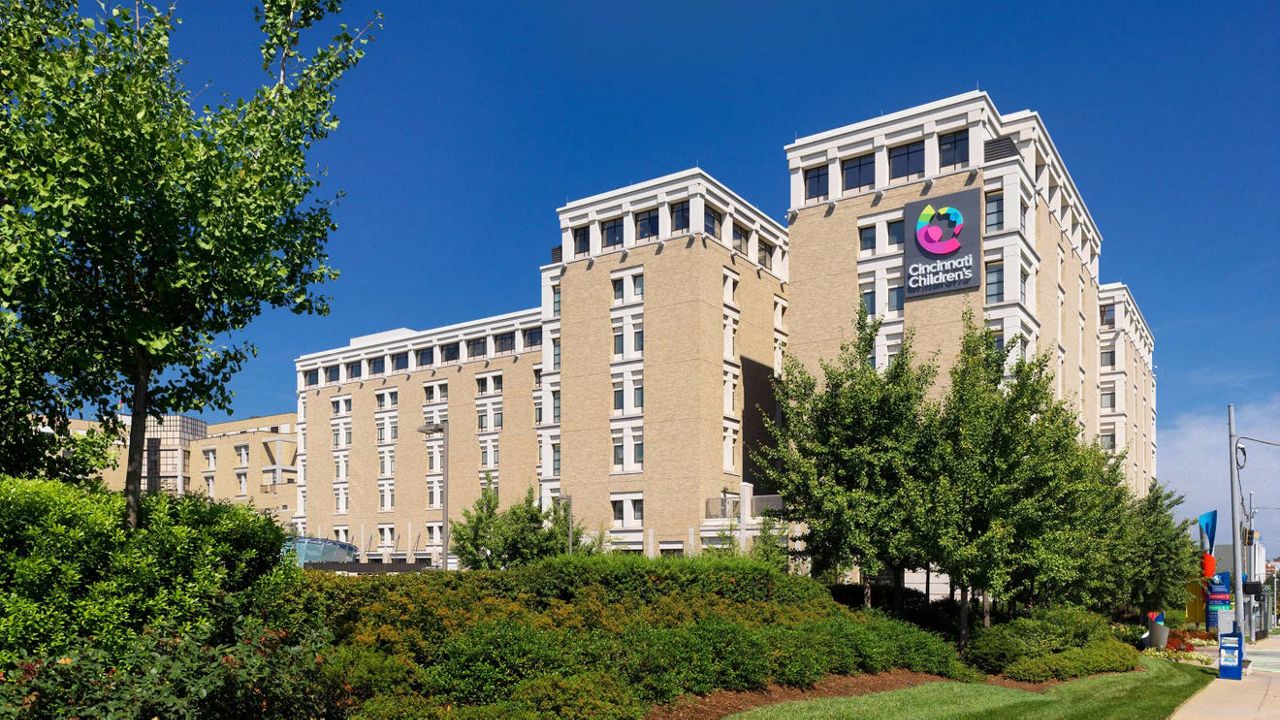OHIO — A respiratory viral infection that often hits children hard is making an unexpected summer surge, a Cincinnati hospital doctor says.
What You Need To Know
- The virus usually peaks in the winter, but this year has been an exception
- Children ages 2 and younger can get more severe illness from RSV
- In August, children's hospitals are busy with RSV patients, as if it were winter
Respiratory syncytial virus is easily transmissible among all age groups, said Dr. Joshua Schaffzin, Cincinnati Children’s Hospital director of Infection Prevention and Control. For most people, the symptoms are mild, like a cold, but kids 2 and younger are more vulnerable to illness because they have smaller airways.
“The disease that it causes is called bronchiolitis, not bronchitis, but bronchiolitis. It's a lower respiratory tract, so a lung issue, rather than an upper airway issue,” Schaffzin said.
RSV is transmissible from person-to-person and via droplets on surfaces.
This winter, COVID-19 restrictions and the pullback from social activity held off RSV for months. CDC data shows that in the U.S., there were very few RSV cases in the winter. In spring, the cases began to rise.
“Some kids have not been in school, kids have not been in daycare as much. Many people have been masking and avoiding each other, and as we let go of those things — unmask and have kids interacting with each other, they're apt to share their bugs,” he said.
By May and June, doctors were feeling the surge of RSV cases in the Cincinnati area.
“It feels like it's November, December,” he said. “At Cincinnati Children's, we're seeing quite a bit. It looks very much like a busy bronchiolitis season, just at a weird time of the year.”
The Center for Disease Control and Prevention estimates that 58,000 U.S. children become hospitalized with RSV per year. The agency lists RSV as the No. 1 cause of both bronchiolitis and pneumonia for infants under the age of one.
“What you're looking for is how fast a child is breathing. How hard do they need to work in order to breathe, how hard they're working to move air in and out of their lungs, and is that affecting their ability to eat, to stay hydrated,” Schaffzin said.
Symptoms of bronchiolitis include congestion and difficulty breathing and can look similar to COVID-19. Doctors can often clinically diagnosis RSV without testing, but during the pandemic, doctors will try to rule out COVID-19 via testing, which is widely available.
“In a routine season, we often will not test the child for RSV, because there's no need, or we might just test them for flu,” he said. "Now, testing for COVID to see if this is COVID is a very important piece."
Kids usually get better after about a week, but the more uncommon severe cases can become significant during a peak time. For severe cases of RSV, hospitalized children get tested for it with an expensive, advanced virus test, Schaffzin said.
The RSV case counts at Cincinnati Children’s this summer are not unprecedented compared to previous winter surges, but the numbers in August are similar to a busy winter. To put it in perspective, Schaffzin says their hospitals nearly fills up during a busy bronchiolitis season.
“Our season started in June, and it has been continuing. We don't know how long it'll last — whether it'll end, or whether it will go into the winter,” he said.



